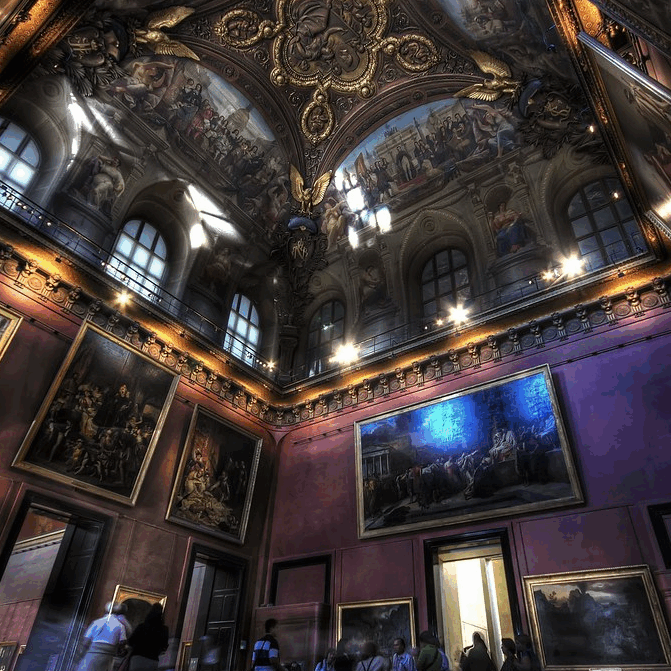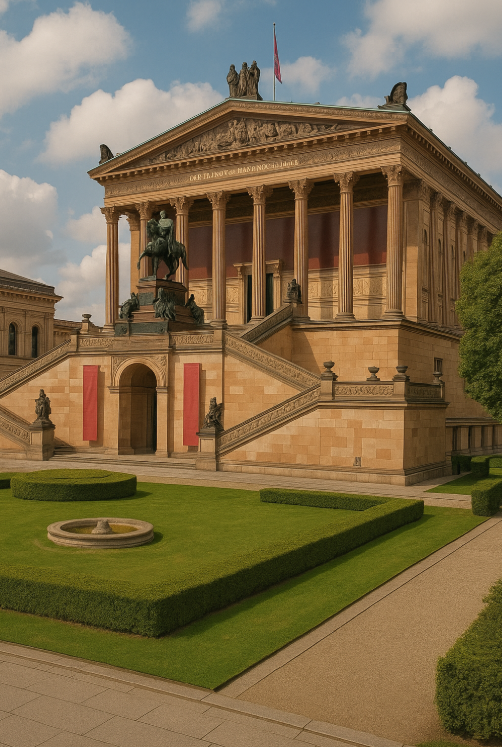Art has always been a mirror to society — reflecting its triumphs, tensions, and transformations. But in recent decades, a growing number of museums and exhibitions across Europe have gone beyond observation. They’ve embraced a mission to provoke dialogue, engage communities, and respond directly to social issues through creative expression. This is the world of socially engaged art — a genre where aesthetics meet activism.
In Vienna, the Kunsthalle Wien is at the forefront of this movement. Its exhibitions often tackle contemporary topics such as migration, urban inequality, and environmental collapse. Through installations, video works, and participatory art, the museum fosters open discourse and encourages audiences to critically engage with the world around them.
Berlin’s Haus der Kulturen der Welt (House of World Cultures) is another leading example. While not a traditional art museum, it regularly hosts interdisciplinary exhibitions and programs focused on decolonization, identity, and cultural displacement. Its emphasis on global voices, especially from the Global South, challenges Eurocentric art narratives and opens space for multiple perspectives.
The Museo Reina Sofía in Madrid — home to Picasso’s “Guernica” — continues its legacy of political engagement with contemporary programming. Its curators often use the collection to draw parallels between historical struggles and modern-day resistance. Exhibitions explore themes like feminism, climate justice, and post-colonial identity through a diverse range of media.
In Amsterdam, the Tropenmuseum blends ethnographic history with contemporary art to discuss pressing global issues. Exhibits have included themes such as forced migration, racial justice, and the legacy of colonialism — all presented in an engaging, accessible format that appeals to a broad public.
MUCEM in Marseille, France (Museum of European and Mediterranean Civilisations), approaches social engagement through cultural history. Its exhibitions regularly connect art and anthropology, using creative works to explore themes such as labor, religion, and conflict across the Mediterranean region. The museum’s location — a bridge between the sea and the old city — is a metaphor for dialogue and connection.
These institutions don’t just display art — they host conversations. Many include community spaces, forums, lectures, and workshops that extend the museum beyond its walls. Visitors are encouraged not just to view but to participate — to reflect on how social systems function and how creative voices can challenge them.
One powerful trend in socially engaged art is collaborative creation. Artists work alongside activists, researchers, and local communities to produce works that are deeply rooted in lived experience. These are not distant commentaries but firsthand expressions of struggle, resilience, and hope.
For visitors, these museums provide more than cultural enrichment — they offer a lens through which to view the world with greater empathy. They show that art can confront injustice, amplify marginalized voices, and plant seeds for change.
In a time when societies across the globe are grappling with complex challenges, socially engaged art remains one of the most vital and moving forms of expression. And Europe’s cultural institutions are increasingly rising to the occasion — using their platforms to ask difficult questions and foster meaningful reflection.

